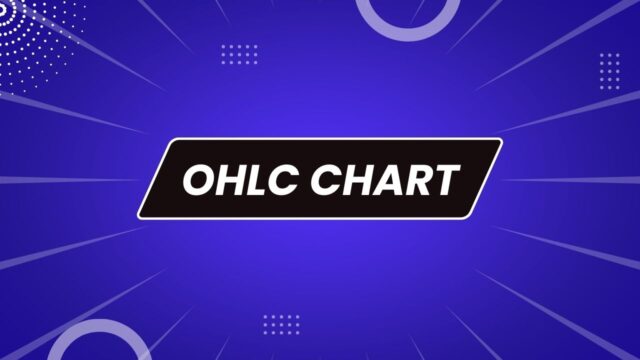S&P 600
DefinitionThe S&P SmallCap 600 Index, more commonly known as the S&P 600, is a stock market index from Standard & Poor's. It covers roughly the small-cap range of US stocks, using a capitalization-weighted index., the market capital of companies included in the S&P SmallCap 600 Index ranged from US$400 million to US$1.8 billion. The index's median market cap was...
CAMELS Rating System
What is the 'CAMELS Rating System' The CAMELS rating system is a recognized international rating system that bank supervisory authorities use in order to rate financial institutions according to six factors represented by the acronym "CAMELS." Supervisory authorities assign each bank a score on a scale, and a rating of one is considered the best and the...
Gambling Loss
What is 'Gambling Loss' A loss resulting from games of chance or wagers on events with uncertain outcomes (gambling). These losses can only be claimed against gambling income. Explaining 'Gambling Loss' Gambling losses include the cash lost at the slot machines or when a "sure bet" comes up lame in the race. Total gambling...
EBITDA To Fixed Charges
What is EBITDA and how is it calculated EBITDA is an acronym that stands for Earnings Before Interest, Taxes, Depreciation, and Amortization. It is a measure of a company's profitability that excludes these four expenses. The calculation is simple: you take a company's net income and add back interest, taxes, depreciation, and amortization. This number gives you an accurate picture...
Validation Period
What is 'Validation Period' The amount of time necessary for the premium on an insurance policy to cover the commissions, the cost of investigation, medical exams and other expenses associated with the issuance of the policy. The validation period is the period of time that passes before an insurance product becomes profitable or until the product can...
What Is Planned Obsolescence
DefinitionIn economics and industrial design, planned obsolescence is a policy of planning or designing a product with an artificially limited useful life, so that it becomes obsolete after a certain period of time. The rationale behind this strategy is to generate long-term sales volume by reducing the time between repeat purchases. It is the deliberate shortening of a lifespan...
U.S. House Financial Services Committee
DefinitionThe United States House Committee on Financial Services is the committee of the United States House of Representatives that oversees the entire financial services industry, including the securities, insurance, banking, and housing industries. The Committee also oversees the work of the Federal Reserve, the United States Department of the Treasury, the U.S. Securities and Exchange Commission, and other financial...
OHLC Chart
Definition An open-high-low-close chart is a type of chart typically used to illustrate movements in the price of a financial instrument over time. Each vertical line on the chart shows the price range over one unit of time, e.g., one day or one hour. Tick marks project from each side of the line indicating the opening price on the left,...
Mac Crawford
What is 'Mac Crawford' Former CEO, president and chairman of Nashville-based Caremark, a mail-order pharmaceutical and pharmacy benefits management company. In 1997, Mac Crawford became president and CEO of physician-practice management company MedPartners. When he joined MedPartners, it was struggling with operating losses and a high level of debt. It sold most of its physician-practice management companies...
TAPO
What is 'TAPO' An option in which the profit or loss to the investor is based not solely on the price of the underlying asset at expiration, but on the difference between the strike price and the average price of the underlying asset during the option's term. A TAPO, Traded Average Price Option, (traded average price option)...

































